An iconic red telephone box saved by the local parish council has officially opened as Dartmoor’s smallest museum, writes Sarah Martin.
Repainted, reglazed and lovingly refurbished, the decommissioned 1930s K6 telephone box is now home to a compact history of the mining heritage of Mary Tavy, the site of Wheal Friendship, once one of the most important copper and arsenic mines in the country.
The Wheal Friendship Phone box museum at Mary Tavy is open for business and chronicles the rich mining history of the area.
The telephone box stands glistening in the May sunshine in Bal Lane just off the A386 as friends, funders and parish councillors gather to celebrate the opening of this most recent attraction.
Its restored window panes chronicle important dates in the village’s history while a free guided walk leaflet compiled by Dartmoor guide Paul Rendell is available for visitors who want to explore key mining landmarks further.
Restoring the dilapidated telephone box to its former glory, preserving it as a community museum was the brainchild of Mary Tavy resident Bryonie Baxter.
Bryonie admits: “I’m delighted that it’s finally happened. It’s taken longer than I thought it would and the restoration has ended up being more intense than I thought it would be.
“We ended up having to strip a lot more of the paint back and strip a lot of the glass but I’m really pleased with how it’s turned out.
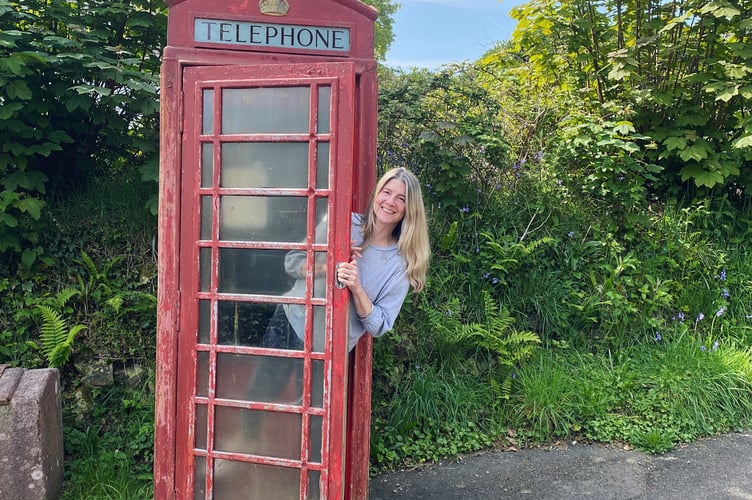
“I think it really catches the eye, especially with the museum sign there. People walk past and I can see them stopping; a couple of hikers this morning stopped and had a look which is great.”
When the parish council was approached by BT, they were looking to decommission the two telephone boxes, one in Bal Lane and a second in Horndon. The council took the decision to adopt them both and Bryonie stepped up to take on the Bal Lane box turning it into a museum.
Parish councillor Jane Dunn said at the opening: “I think this will be a lovely resource and it’s nice to see a rather neglected phone box that’s not in use anymore put to an innovative type of project.
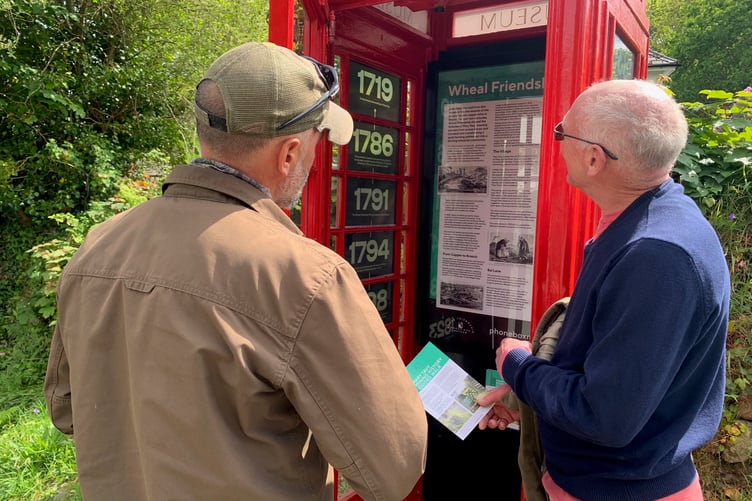
“We were really pleased about that otherwise it would have been demolished and taken away, I suspect, which is sad.”
She added: “Mary Tavy has got an amazing history, and people that have lived here a long time may know some of it but they are probably going to find out all kinds of bits and pieces about it, and for people that go by, it’s right on the cycle route, it’s great! I think it’s a wonderful use.”
Just off national cycle route 27, the stunning box easily stands out among the flowers Bryonie has planted around it to enhance the site.
Fellow parish councillor Jane Dunn hopes it will encourage visitors to come and explore the village.
She said: “This box lends itself to a museum and we’re really pleased, and we hope people will come and visit it and enjoy the rest of the joys of Mary Tavy.”
“We had to be sensible with the space that we had and not put too much in there,” said Byonie. “It’s really aimed at visitors to Mary Tavy rather than locals who probably know much of the history already.
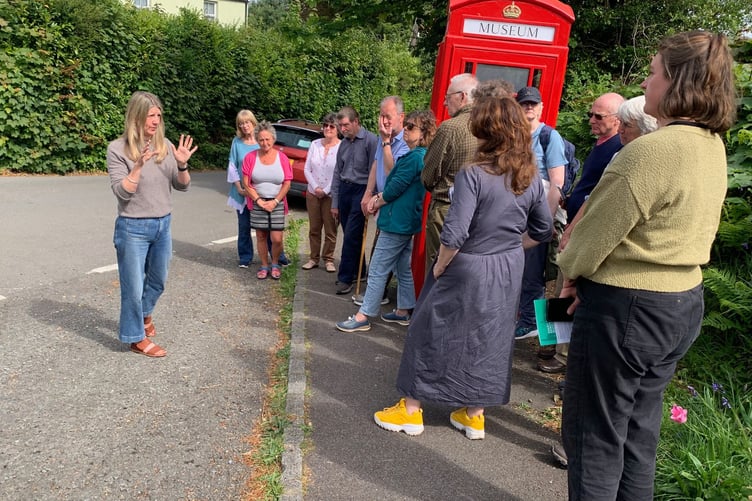
“Unless you’re from here I don’t think it’s evident that there used to be such a large mine at the bottom of this hill, so hopefully it will encourage visitors to explore the village in more detail.”
A QR code in the museum directs visitors to a dedicated website for more information while Bryonie is encouraging visitors to tag them in any photos they post online or to its Facebook page.
And the feedback from the community? “It literally only got finally finished this morning,” Bryonie admits in a quiet voice with a chuckle. “People have commented as I’ve been working on it and cleaning the glass, like I was yesterday. Everyone who passed is delighted that it’s looking so nice.
“Beforehand, the original glass had been broken and replaced with plastic over the years as BT had done. The paint was peeling and it was really faded; just even stripping back the paintwork and stripping back the glass has given it a whole new lease of life.
“People notice it from afar because of the new paint and then they come and investigate a little bit more.”
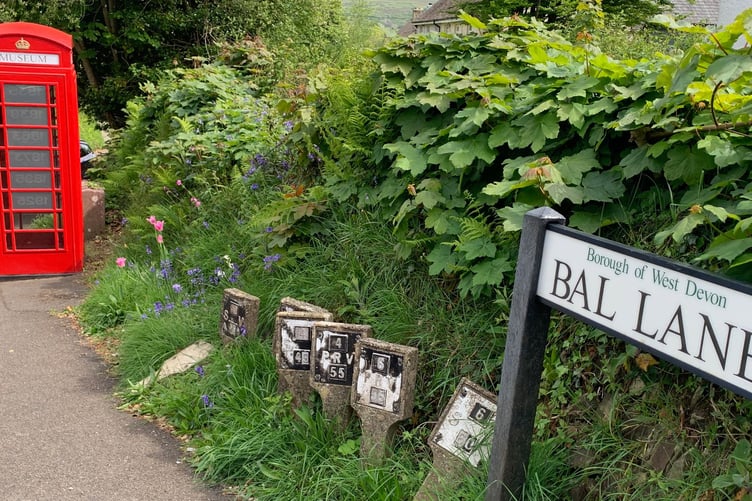
Three more phone boxes on Dartmoor could be lost forever with local photographer Helen Jackson leading a campaign to safeguard them, something that Bryonie agrees is really important to do.
“Once they’re gone, they’re gone,” she says. “Unless someone takes them on and sponsors them, then BT will just take them away, and they’re such a wonderful design. It’s iconic and I think just a great landmark. It would be really sad to lose them.
“I understand that they’re not economical, but it would have been a great loss to the village to lose this one. I think it only had three calls a year when it was decommissioned so that’s just not sustainable. If you have one in your village and it’s going to go, sponsor it.”
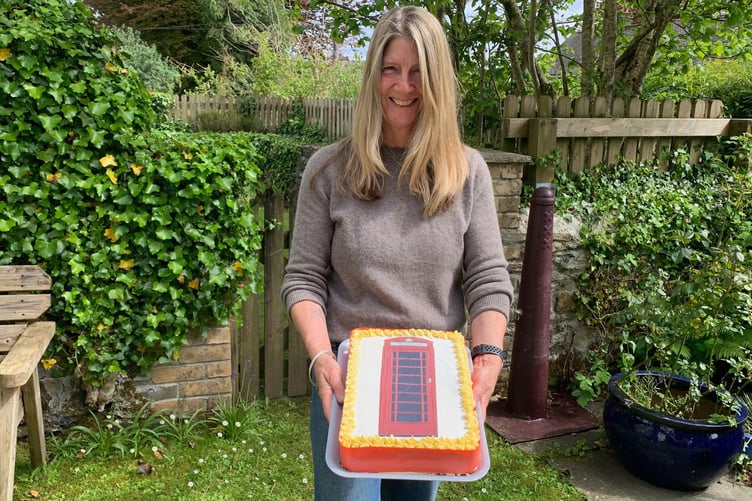
BT were really helpful as well, explains Bryonie. “They supplied all the paint for the restoration, so once the council adopted it, they sent over the red, black and gold paints to repaint it and they take away all of the phone mechanism at that point and the electricity. I would recommend anyone doing it.”
The project was funded by a Farming in Protected Landscapes (FIPL) grant; with its focus on local mining heritage, it was an easy project to support, says Bea Dunscombe, FIPL advisor for Dartmoor National Park Authority.
She added: “We thought it was a really exciting opportunity to celebrate the mining heritage that is here on the moors. It’s a local project but shows the bigger picture of Dartmoor and provides an opportunity for people to learn and engage with the historic element of Dartmoor.
“It’s amazing. We saw pictures of the telephone box when Bryonie put the application in originally and it was falling apart and not in use. Now it’s very smart and standing proud.”
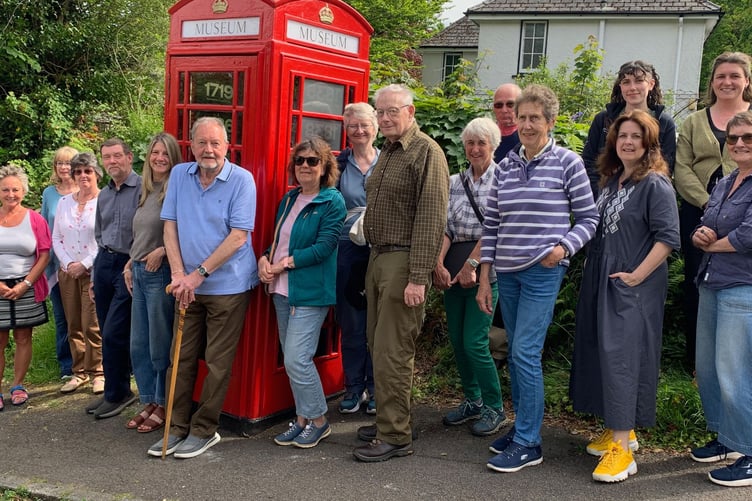

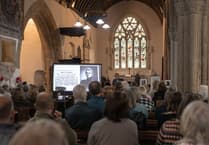

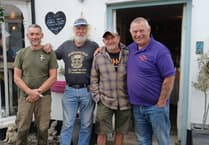
Comments
This article has no comments yet. Be the first to leave a comment.